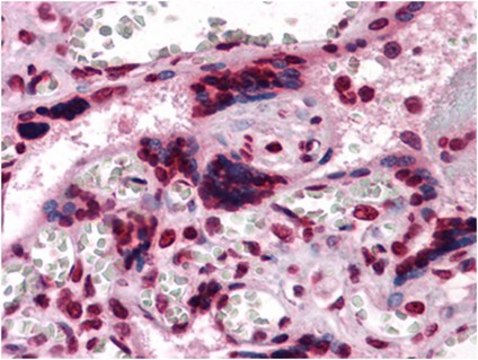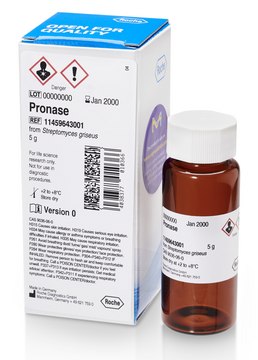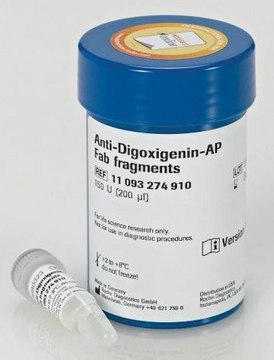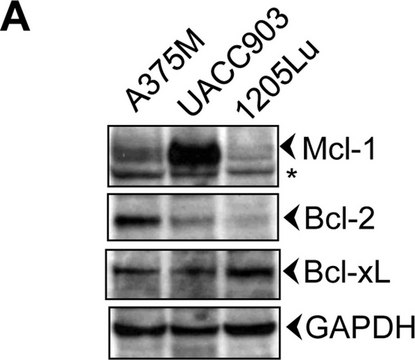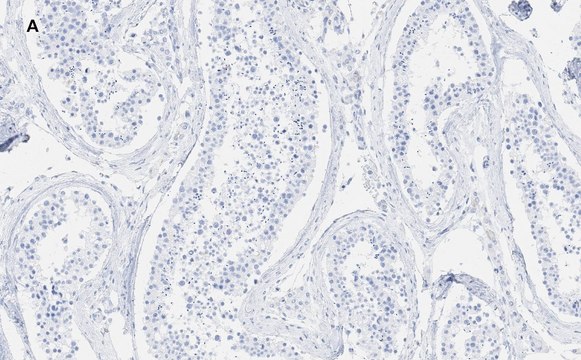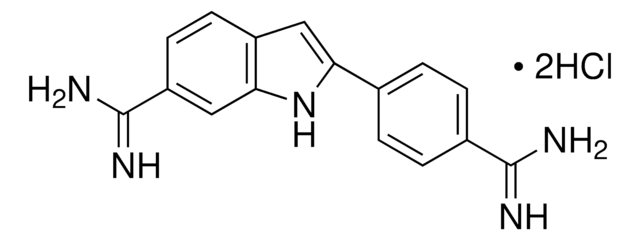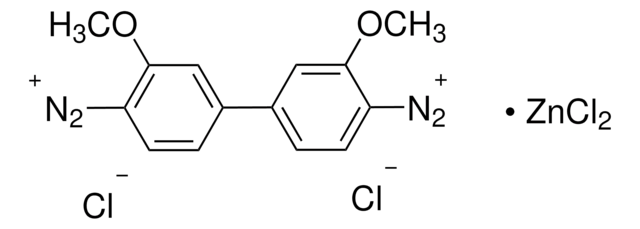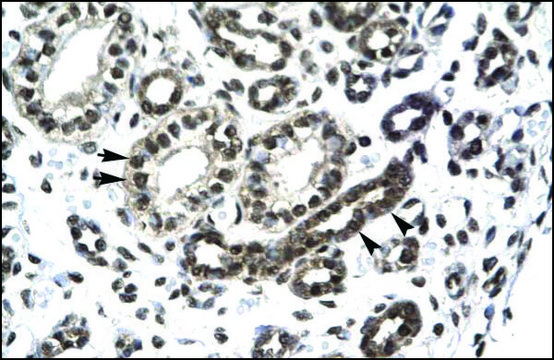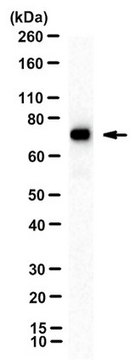MABE191
Anti-WHSC1/NSD2 Antibody, clone 29D1
clone 29D1, from mouse
Synonym(s):
Probable histone-lysine N-methyltransferase NSD2, Multiple myeloma SET domain-containing protein, Nuclear SET domain-containing protein 2, Protein trithorax-5, Wolf-Hirschhorn syndrome candidate 1 protein
About This Item
Recommended Products
biological source
mouse
Quality Level
antibody form
purified immunoglobulin
antibody product type
primary antibodies
clone
29D1, monoclonal
species reactivity
human
technique(s)
ChIP: suitable
immunoprecipitation (IP): suitable
western blot: suitable
isotype
IgG2bκ
NCBI accession no.
UniProt accession no.
shipped in
wet ice
target post-translational modification
unmodified
Gene Information
human ... WHSC1(7468)
General description
Immunogen
Application
Chromatin Immunoprecipitation Analysis: A representative lot was used by an independent laboratory to detect WHSC1/NSD2 in transfected Gal4-reporter/293T cells. (Marango, J., et al. (2008). Blood. 111:3145-3154.)
Immunoprecipitation Analysis: A representative lot was used by an independent laboratory to detect WHSC1/NSD2 in KMS11 cells. (Marango, J., et al. (2008). Blood. 111:3145-3154.)
Quality
Western Blot Analysis: 0.5 µg/mL of this antibody detected WHSC1/NSD2 in 10 µg of HCT116 cell lysate.
Target description
Physical form
Other Notes
Not finding the right product?
Try our Product Selector Tool.
Storage Class Code
12 - Non Combustible Liquids
WGK
WGK 1
Flash Point(F)
Not applicable
Flash Point(C)
Not applicable
Certificates of Analysis (COA)
Search for Certificates of Analysis (COA) by entering the products Lot/Batch Number. Lot and Batch Numbers can be found on a product’s label following the words ‘Lot’ or ‘Batch’.
Already Own This Product?
Find documentation for the products that you have recently purchased in the Document Library.
Our team of scientists has experience in all areas of research including Life Science, Material Science, Chemical Synthesis, Chromatography, Analytical and many others.
Contact Technical Service